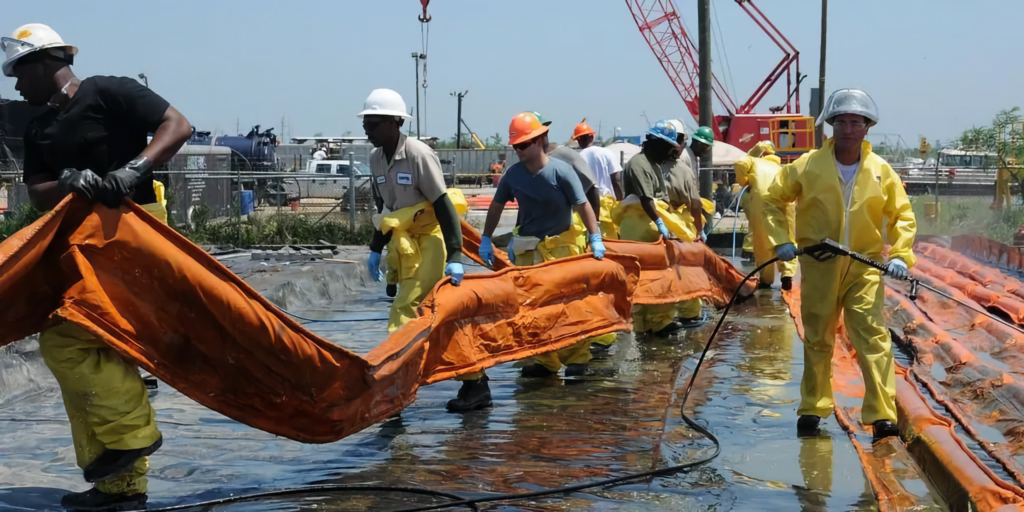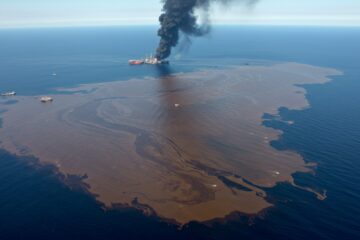There is a big difference between PHMSA OPA90 Resource Planning and the EPA and the USCG.
Published by John Carroll on

In the Oil Pollution Act of 1990 (OPA90), there are many similarities among the three agencies with inland jurisdiction: the Pipeline and Hazardous Materials Safety Administration (PHMSA), the Environmental Protection Agency (EPA), and the United States Coast Guard (USCG). However, there are also enough differences among them to create confusion and challenges when developing response plans tailored to their specific requirements.
The USCG and EPA response plan requirements are closely aligned (though there are a fair number of differences, too). PHMSA, however, primarily regulates pipelines that cover vast areas rather than static facilities, and therefore has multiple notable differences. As a result, companies with assets that fall under two or all three jurisdictions can easily fall into the trap of assuming that a requirement for one agency automatically applies to the others.
A clear example of this issue is found in the response equipment planning requirements. Today, I will not cover all of these requirements, but will instead focus on initial response, where the differences between PHMSA on one side and the EPA and USCG on the other are especially significant.
PHMSA, in its rule, states:
§ 194.115 Response resources.
(a) Each operator shall identify and ensure, by contract or other approved means, the resources necessary to remove, to the maximum extent practicable, a worst-case discharge and to mitigate or prevent a substantial threat of a worst-case discharge.
(b) An operator shall identify in the response plan the response resources which are available to respond within the time specified, after discovery of a worst-case discharge, or to mitigate the substantial threat of such a discharge, as follows:

EPA and USCG state in their rules (worded slightly differently; however, the requirements are the same):
- One thousand feet of containment boom (or, for complexes with marine transfer components, 1,000 feet of containment boom or two times the length of the largest vessel that regularly conducts oil transfers to or from the facility, whichever is greater), and a means of deploying it within 1 hour of the discovery of a discharge;
- Oil recovery devices with an effective daily recovery capacity equal to the amount of oil discharged in a small discharge or greater which is available at the facility within 2 hours of the detection of an oil discharge;
Notice the key differences? The EPA and USCG have specific one-hour and two-hour initial response requirements, whereas PHMSA—which regulates pipelines—has six-hour and twelve-hour initial response planning requirements. The EPA and USCG also distinguish between high-volume and non-high-volume ports (areas under PHMSA), but their initial planning times remain the same. The main driver behind these differences is that the EPA and USCG regulate fixed, static facilities, whereas PHMSA regulates pipelines that can extend across large distances. As a result, response planning for pipelines is treated differently. (To learn what the difference between a high-volume port is versus a high-volume area, click here.)
Need help understanding what response equipment is required and deciphering all the complex language? Learn more here: Guidelines for the U.S. Coast Guard Oil Spill Removal Organization Classification Program.
With the EPA and USCG, one area where we begin to see differences after the one- and two-hour marks is in their response planning volume equipment caps. While all three agencies rely on factors such as Location Type, Port Type (or PHMSA Area Type), Worst Case Discharge (WCD) Product Type, Product Group, and WCD Volume to calculate equipment caps, the resulting equipment requirements differ slightly once this data is entered.
Yes, it can be confusing. To make it easier, I have developed a calculator that quickly identifies the required information once the above data points are provided. If you would like a copy, please reach out using one of the methods below.
Author:
John K. Carroll III
Managing Director – Compliance Services
Witt O’Brien’s part of Ambipar
(c) 954-625-9373
(e) jcarroll@wittobriens.com

